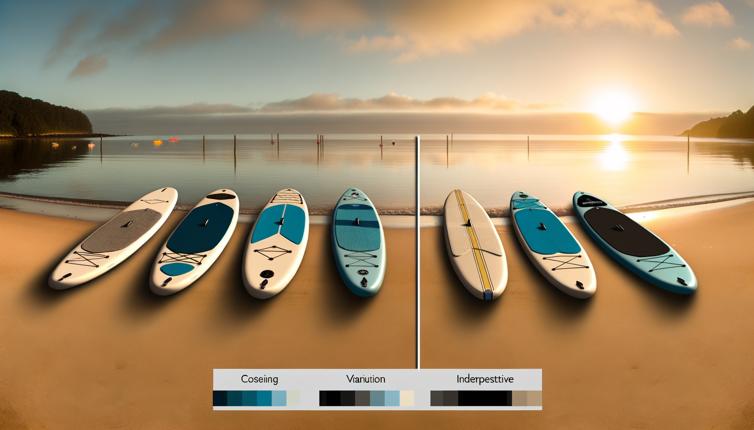Difficulty Level
One of the first factors to consider when choosing a hiking trail is the difficulty level. Hiking trails are typically categorized into different levels, such as easy, moderate, or difficult. Consider your fitness level and hiking experience when deciding on the difficulty level of the trail. It's important to choose a trail that matches your abilities to ensure a safe and enjoyable experience.
Length and Duration
The length and duration of a hiking trail are important factors to consider. If you're a beginner or have limited time, you may prefer a shorter trail that can be completed within a few hours. On the other hand, if you're an experienced hiker and have a full day or more available, you might be interested in longer trails that offer more challenging terrain and scenic views. Consider your schedule and hiking goals when evaluating the length and duration of a trail.
Terrain and Scenery
The terrain and scenery of a hiking trail can greatly impact your experience. Some trails offer breathtaking views of mountains, lakes, or waterfalls, while others take you through dense forests or open meadows. Think about the type of scenery you enjoy and choose a trail that matches your preferences. Additionally, consider the terrain of the trail - whether it's rocky, steep, or flat - and assess if it aligns with your hiking abilities and comfort level.
Accessibility and Crowds
Another factor to consider is the accessibility and crowds on a hiking trail. Some trails are more popular and tend to be crowded, especially during peak seasons. If you prefer a quieter and more secluded experience, you may want to choose a lesser-known or less popular trail. Additionally, consider the accessibility of the trail - whether it's easily accessible by car or if it requires a longer hike or special transportation to reach the trailhead.
Weather and Season
The weather and season can greatly impact the conditions and experience on a hiking trail. Before choosing a trail, research the typical weather patterns and conditions during the season you plan to hike. Some trails may be more enjoyable during certain seasons, while others may be inaccessible or dangerous due to weather conditions. Always check the weather forecast and be prepared for changing weather conditions during your hike.
Conclusion
Choosing the best hiking trail involves considering various factors such as difficulty level, length and duration, terrain and scenery, accessibility and crowds, as well as weather and season. By carefully evaluating these factors and aligning them with your preferences and abilities, you can ensure a great hiking experience. Remember to research and plan ahead, follow safety guidelines, and leave no trace to protect and preserve the natural beauty of hiking trails. Happy hiking!









